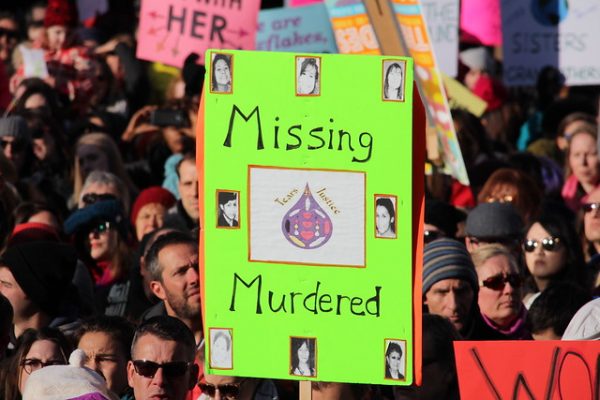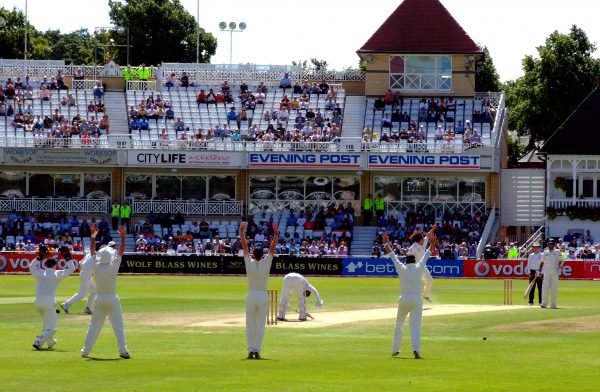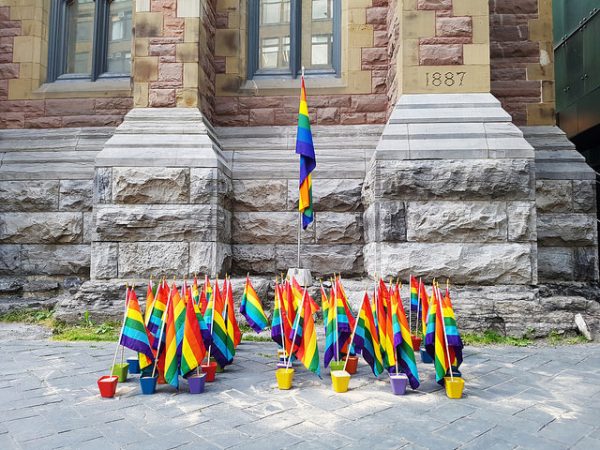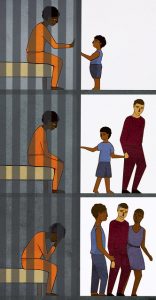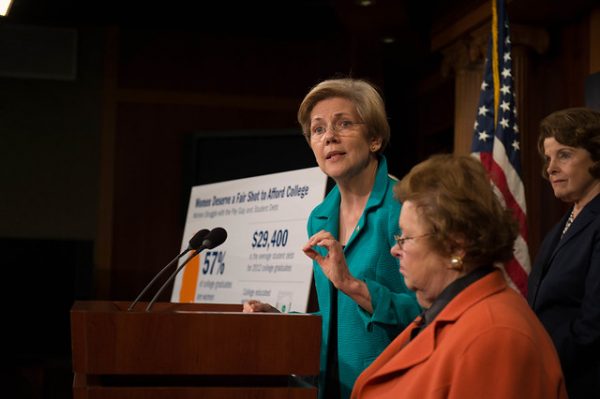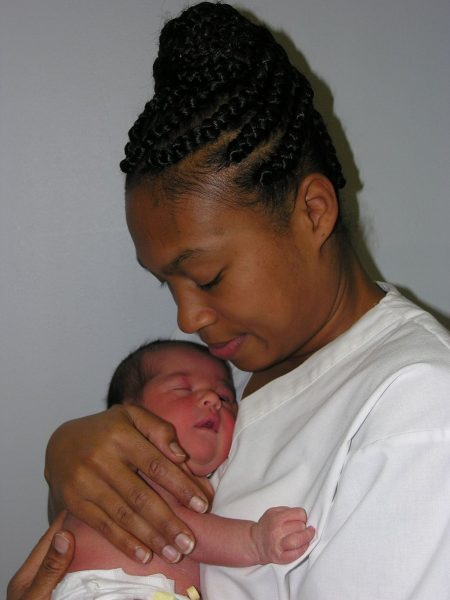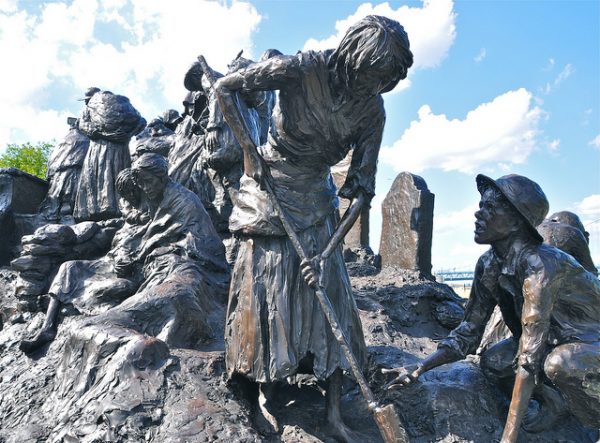
Originally posted April 26, 2017.
The Trump administration recently announced plans to cut federal public school programs designed to help students who need financial assistance. Office of Management and Budget Director Mick Mulvaney explained that, although programs like free and reduced lunches and after-school activities are supposed to help kids do better in school, “there’s no demonstrable evidence that they’re actually doing that.” Well, social science begs to differ.
To start, research does show that programs providing low-income students with free or reduced-cost lunches have positive impacts, as proper nutrition is essential for academic achievement and educational success. And providing these lunches has been found to lead to a decrease in disruptive behavior. Importantly, research shows that cutting programs like these would mean that the poorest, most at-risk youth would bear the brunt of the blow, losing observed benefits to academic and social skills that subsidized lunches have been shown to provide.
- Godwin Ashiabi. 2005. “Household Food Insecurity and Children’s School Engagement.” Journal of Children and Poverty 11(1): 3-17.
- Christelle Roustit, Anne-Marie Hamelin, Francesca Grillo, Judith Martin, Pierre Chauvin. 2010. “Food Insecurity: Could School Food Supplementation Help Break Cycles of Intergenerational Transmission of Social Inequalities?“ Pediatrics 126(6): 1174-1181.
- Michael Vaughn, Christopher P. Salas-Wright, Sandra Naeger, Jin Huang and Alex R. Piquero. 2016. “Childhood Reports of Food Neglect and Impulse Control Problems and Violence in Adulthood.” International Journal of Environmental Research and Public Health 13(4): 389-408
In addition to lunch programs, extracurricular and after-school activities are threatened under the proposed Trump budget. But there is research that finds these programs can be beneficial. Students involved in after-school programs have been found to experience a variety of positive effects, such as increased attendance at school, a jump in reading comprehension, and a drop in disciplinary referrals. Participating in these programs can predict lower disciplinary measures for students, even for students who are at higher-risk for delinquency. Notably, though there is often a narrative that black students in urban environments are the most “at-risk” and in need of such programs, research shows that African-American students are actually more likely to be involved in after-school activities than white students
- Kathryn Hynes and Felicia Sanders. 2011. “Diverging Experiences During Out-of-School Time: The Race Gap in Exposure to After-School Program.“ Journal of Negro Education 80(4): 464-476.
- Robert Apsler. 2009. After-school Programs for Adolescents: A Review of Evaluation Research. Adolescence 44(173).
- Igor Himelfab, Andrew Lac, and Hadar Baharav. 2014. “Examining School-Related Delinquencies, Extracurricular Activities, and Grades in Adolescents.” Educational Studies 40(1): 81-97.
However, getting at risk-youth to participate in after-school programs is not always easy. There are a wide variety of programs available, but those intended to provide non-delinquent options to at-risk youth often face the greatest uphill battle. Factors determining youth delinquency, such as issues at home, are difficult for extracurriculars to overcome. On a more individual basis, however, extracurricular programs can have meaningful, positive impacts in the long run by giving participants skills, passions, and experiences that prove useful later in life. This complicates the Trump administration’s assertion that these programs should be cut because they “don’t work.” Rather, paying attention to how they work can lead to more positive impacts and greater availability for America’s students.
- Amanda Brown Cross, Denise C. Gottfredson, Denise M. Wilson, Melissa Rorie, and Nadine Connell. 2009. “The Impact of After-School Programs on the Routine Activities of Middle-School Students: Results from a Randomized, Controlled Trial.” Criminology & Public Policy 8(2): 391-412
- Ingrid Nelson. 2017. Why Afterschool Matters. Rutgers University Press.

